Home>Gardening & Outdoor>Outdoor Structures>How To Anchor A Shed To The Ground
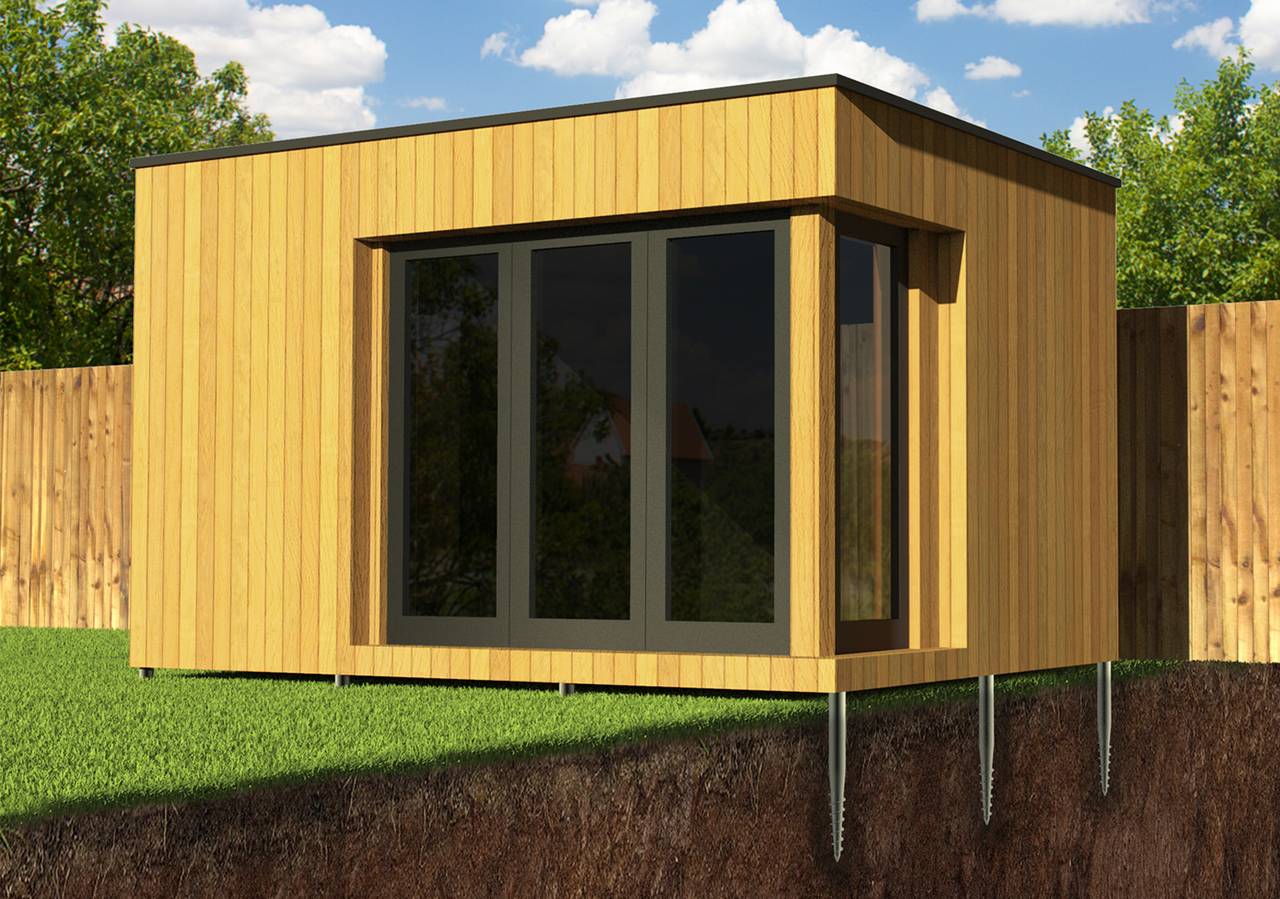

Outdoor Structures
How To Anchor A Shed To The Ground
Published: January 19, 2024
Learn how to properly anchor your outdoor structures like sheds to the ground for added stability and safety. Our step-by-step guide will help you secure your shed with ease.
(Many of the links in this article redirect to a specific reviewed product. Your purchase of these products through affiliate links helps to generate commission for Storables.com, at no extra cost. Learn more)
Introduction
When it comes to securing your shed, anchoring it to the ground is a crucial step in ensuring its stability and longevity. Whether you’re facing strong winds, heavy rains, or even the occasional snowstorm, properly anchoring your shed can prevent it from being lifted or shifted by the elements. In this comprehensive guide, we’ll explore the essential steps to anchor a shed to the ground effectively, providing you with the peace of mind that your outdoor structure is well-protected.
From selecting the right anchors to preparing the shed and the ground, we’ll cover the key aspects of this important process. By following these guidelines, you can safeguard your shed and its contents, creating a secure and reliable storage space for your tools, equipment, and other valuable items. Let’s dive into the details of how to anchor a shed to the ground and ensure its stability in various weather conditions.
Key Takeaways:
- Choose the right anchors for your shed based on soil type and local building codes to ensure long-term stability and resistance to strong winds and other weather conditions.
- Thoroughly prepare the shed and ground before anchoring to create a secure foundation, ensuring the shed remains stable and durable in various weather conditions.
Read more: How To Anchor A Resin Shed
Choosing the Right Anchors
Before you begin the process of anchoring your shed, it’s essential to select the appropriate anchors for the job. The type of anchors you choose will depend on various factors, including the size and weight of your shed, the soil composition, and the prevailing weather conditions in your area.
Here are some common types of shed anchors to consider:
- Auger Anchors: These corkscrew-like anchors are ideal for securing sheds in soil or clay. They are easy to install and provide excellent holding power, making them suitable for areas prone to strong winds.
- Concrete Anchors: If your shed has a concrete foundation, concrete anchors can be used to secure it effectively. These anchors are typically installed by drilling into the concrete and then attaching the shed to the anchors using bolts or screws.
- Mobile Home Anchors: Designed for mobile homes, these anchors can also be used for securing sheds. They are driven into the ground at an angle, providing reliable resistance against uplift and lateral movement.
- Twist Ground Anchors: Also known as corkscrew anchors, these are suitable for both soft and hard soil. Their helical design allows for easy installation and strong holding capacity, making them a versatile option for anchoring sheds.
When selecting anchors, it’s crucial to consider the soil type and depth, as well as any specific requirements outlined in your local building codes. Additionally, ensure that the anchors are made of durable, corrosion-resistant materials to withstand outdoor exposure and provide long-term stability for your shed.
By choosing the right anchors for your shed and its location, you can lay a solid foundation for the anchoring process, setting the stage for a secure and resilient outdoor structure.
Preparing the Shed and Ground
Before anchoring your shed, it’s crucial to prepare both the shed itself and the ground where it will be anchored. Proper preparation sets the stage for a secure and durable anchoring process, ensuring that your shed remains stable in various weather conditions.
Here are the essential steps for preparing the shed and the ground:
- Clear the Area: Start by clearing the area around the shed to create a clean and accessible workspace. Remove any debris, rocks, or vegetation that could obstruct the anchoring process.
- Inspect the Shed: Thoroughly inspect the shed to identify any existing damage or structural weaknesses. Repair any issues, such as loose panels or damaged framing, before proceeding with the anchoring process.
- Level the Shed: Ensure that the shed is positioned on a level surface. Use a spirit level to check for any unevenness, and make the necessary adjustments to ensure that the shed is sitting squarely on the ground.
- Mark Anchor Locations: Determine the optimal locations for anchoring the shed. Depending on the size and design of your shed, you may need to place anchors at multiple points along the base to distribute the load evenly.
- Prepare the Ground: If the ground is soft or uneven, consider using a tamper to compact the soil and create a stable foundation for the anchors. In areas with rocky or hard soil, you may need to use a drill or auger to create pilot holes for the anchors.
By thoroughly preparing both the shed and the ground, you can ensure that the anchoring process proceeds smoothly and effectively. Taking the time to address any structural issues and create a solid foundation will contribute to the long-term stability and durability of your shed.
When anchoring a shed to the ground, use ground anchors or concrete blocks at each corner and in the middle of each side. Make sure the anchors are securely fastened to the shed and driven into the ground to prevent shifting or tipping.
Anchoring the Shed
With the shed and ground prepared, it’s time to proceed with the anchoring process. This step is critical in ensuring that your shed remains firmly secured, providing protection against strong winds and other environmental factors. Here’s a step-by-step guide to anchoring your shed:
- Position the Anchors: Place the selected anchors in the predetermined locations around the base of the shed. Ensure that the anchors are positioned securely and aligned according to the manufacturer’s recommendations.
- Secure the Anchors: Depending on the type of anchors you’re using, follow the specific installation instructions provided by the manufacturer. This may involve driving the anchors into the ground, attaching them to the shed’s base, or securing them to a concrete foundation.
- Adjust for Tension: Once the anchors are in place, adjust them to the appropriate tension to ensure a secure fit. This may involve tightening nuts or bolts, driving the anchors deeper into the ground, or applying tensioning devices as recommended by the anchor manufacturer.
- Verify Stability: After securing the anchors, verify the stability of the shed by applying gentle pressure from different directions. The shed should remain firmly in place, with minimal movement or shifting. If any instability is observed, reevaluate the anchor installation and make necessary adjustments.
- Inspect Regularly: After anchoring the shed, make it a habit to inspect the anchors and their connections periodically. Check for any signs of loosening, corrosion, or damage, and address any issues promptly to maintain the integrity of the anchoring system.
By following these steps and ensuring that the shed is properly anchored, you can enhance its resilience and longevity, providing a secure storage space for your belongings. The anchoring process is a crucial aspect of shed maintenance, and investing time and effort in this task can yield significant benefits in terms of structural stability and protection.
Final Tips and Considerations
As you complete the process of anchoring your shed, there are several additional tips and considerations to keep in mind to ensure the effectiveness of the anchoring system and the long-term stability of your shed:
- Follow Manufacturer Guidelines: Adhere to the manufacturer’s recommendations for the specific type of anchors and shed you are using. This includes following installation instructions, weight capacity guidelines, and maintenance recommendations.
- Consider Professional Assistance: If you are unsure about the anchoring process or if your shed is particularly large or complex, consider seeking professional assistance. A skilled contractor can ensure that the anchoring is done correctly and in compliance with local building codes.
- Monitor Weather Conditions: Stay informed about the weather patterns in your area, especially during seasons with strong winds or severe storms. Periods of inclement weather may warrant additional inspections and reinforcement of the anchoring system.
- Utilize Additional Support: In areas prone to extreme weather, such as hurricanes or tornadoes, consider using additional support systems, such as tie-down straps or braces, to further secure the shed against powerful forces.
- Regular Maintenance: Incorporate shed anchoring into your regular maintenance routine. Check the anchors, connections, and the overall stability of the shed at least once a year, and address any issues promptly to prevent potential damage.
- Consult Local Regulations: Be aware of any local regulations or building codes related to shed anchoring. Compliance with these guidelines can help ensure the safety and structural integrity of your shed.
By incorporating these final tips and considerations into your shed anchoring process, you can maximize the effectiveness of the anchoring system and maintain the stability of your shed over time. Taking a proactive and thorough approach to shed maintenance will contribute to a secure and reliable outdoor storage solution for years to come.
Frequently Asked Questions about How To Anchor A Shed To The Ground
Was this page helpful?
At Storables.com, we guarantee accurate and reliable information. Our content, validated by Expert Board Contributors, is crafted following stringent Editorial Policies. We're committed to providing you with well-researched, expert-backed insights for all your informational needs.
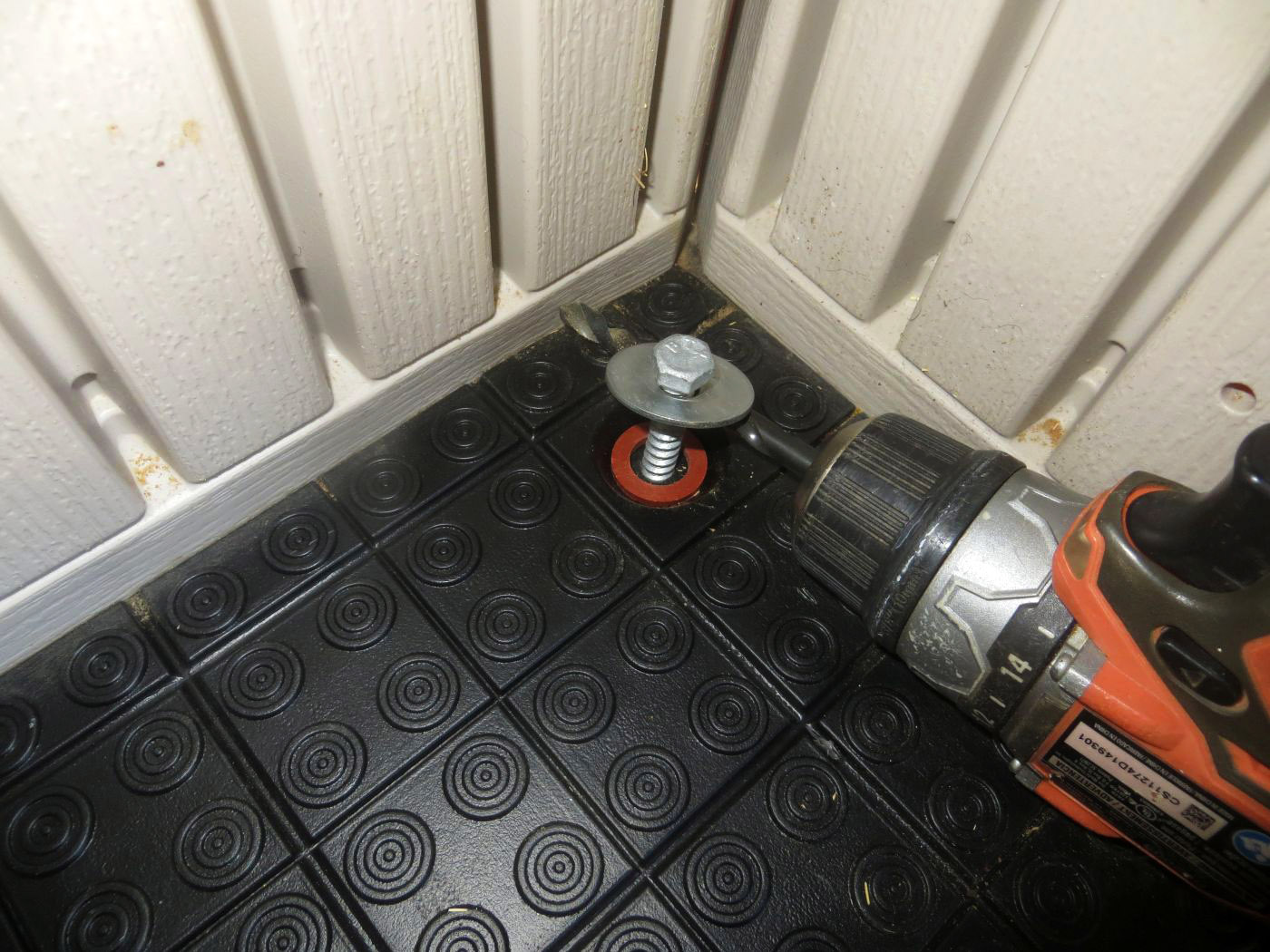
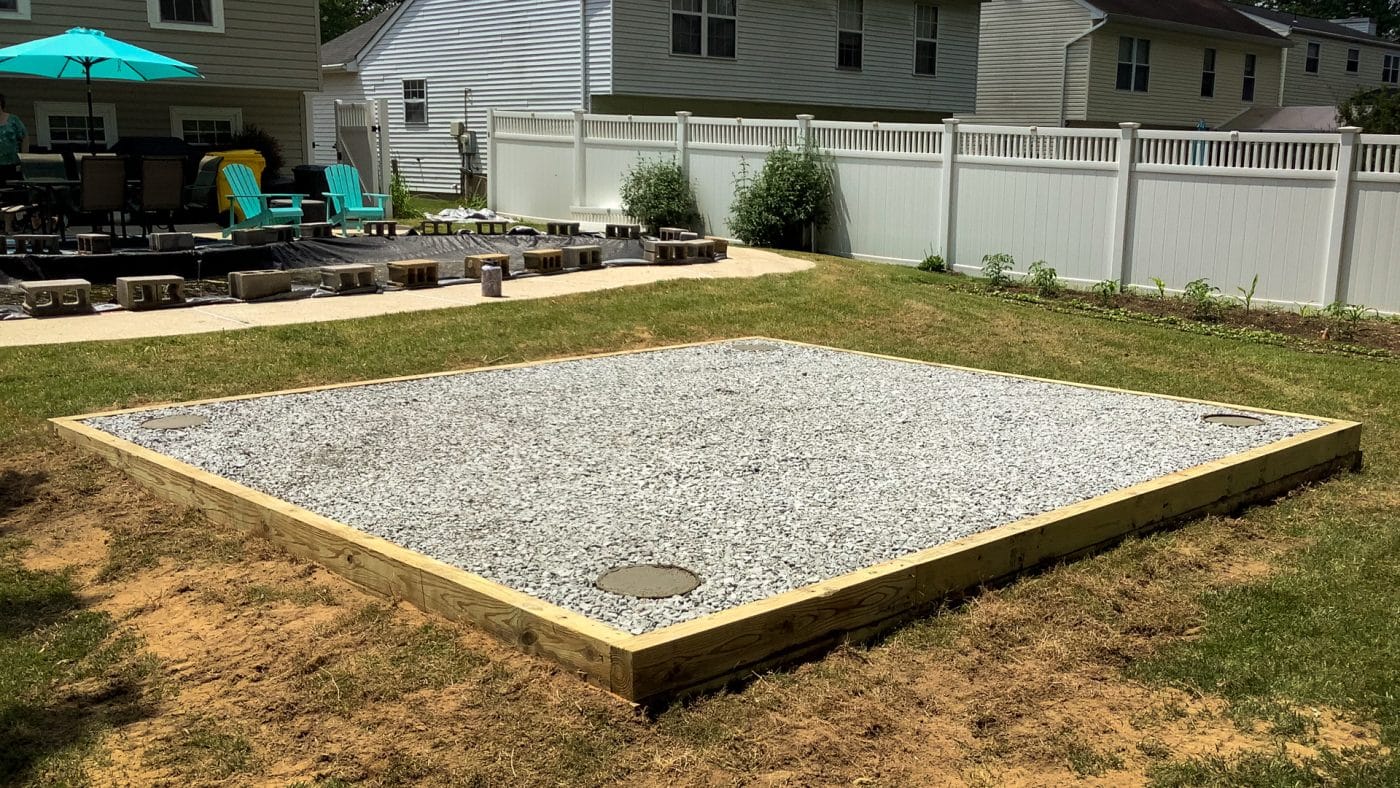
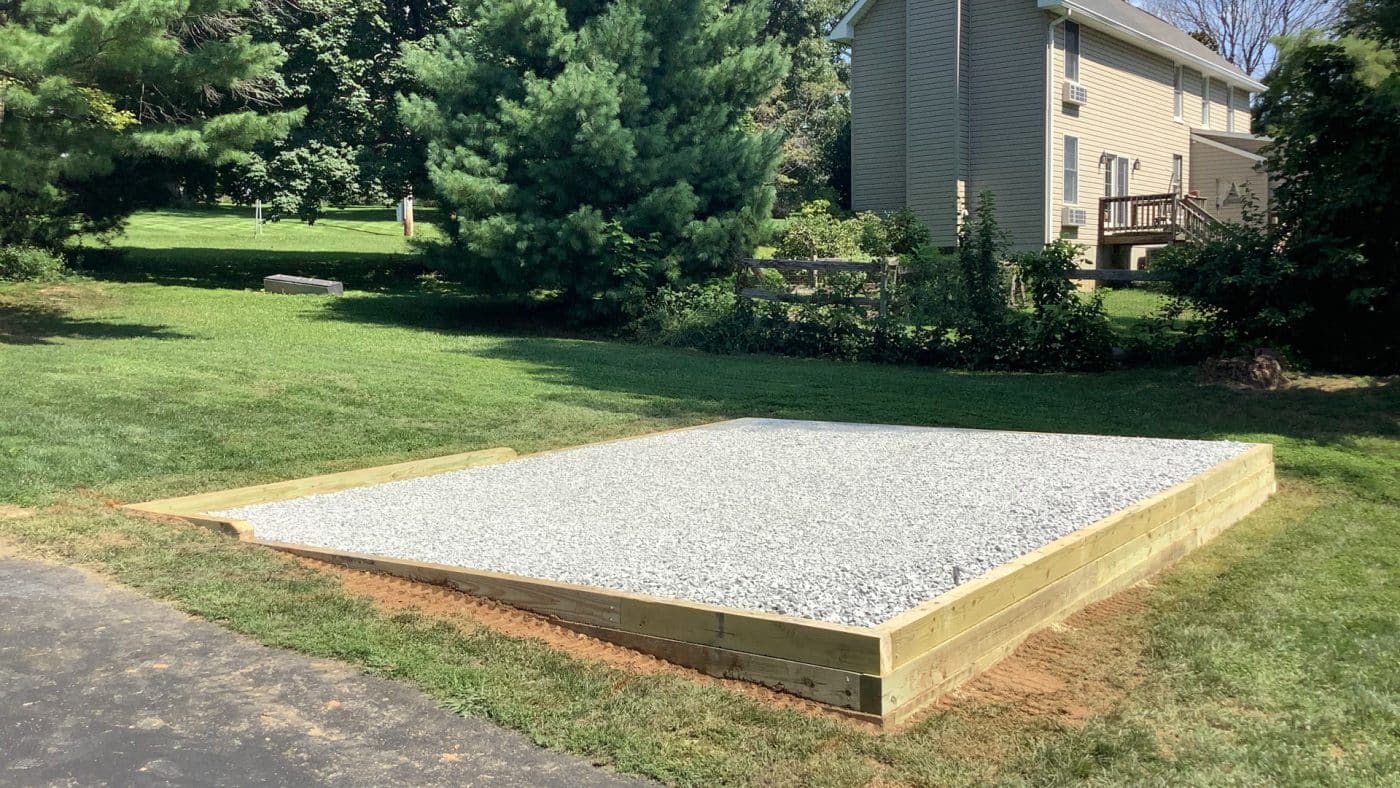
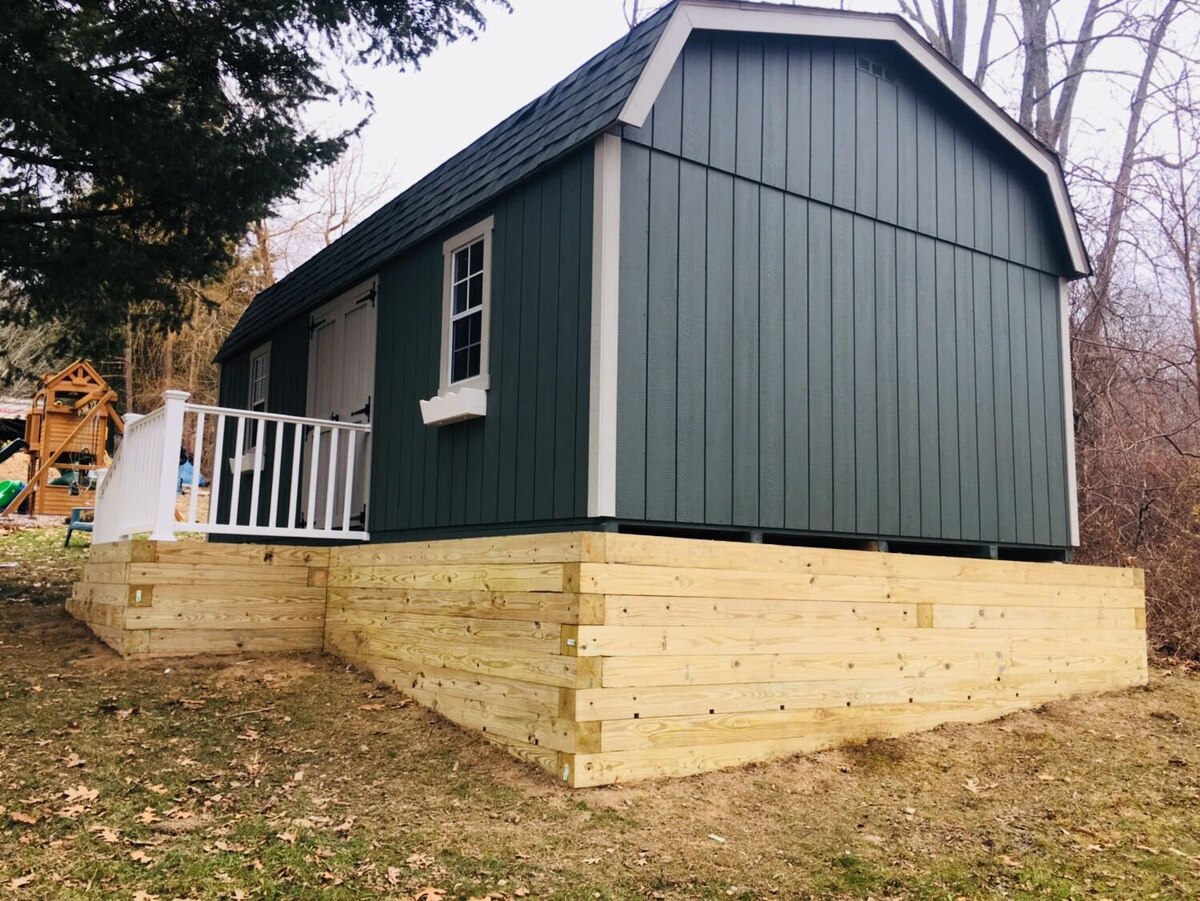
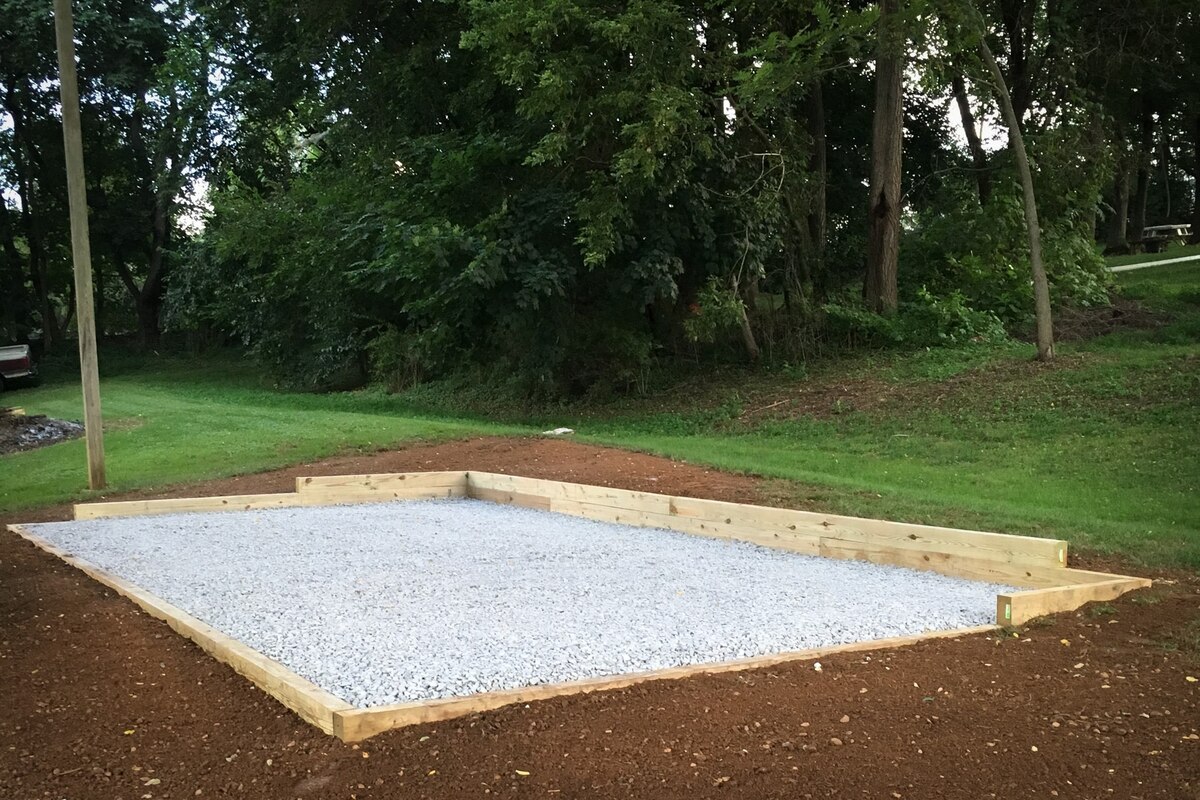
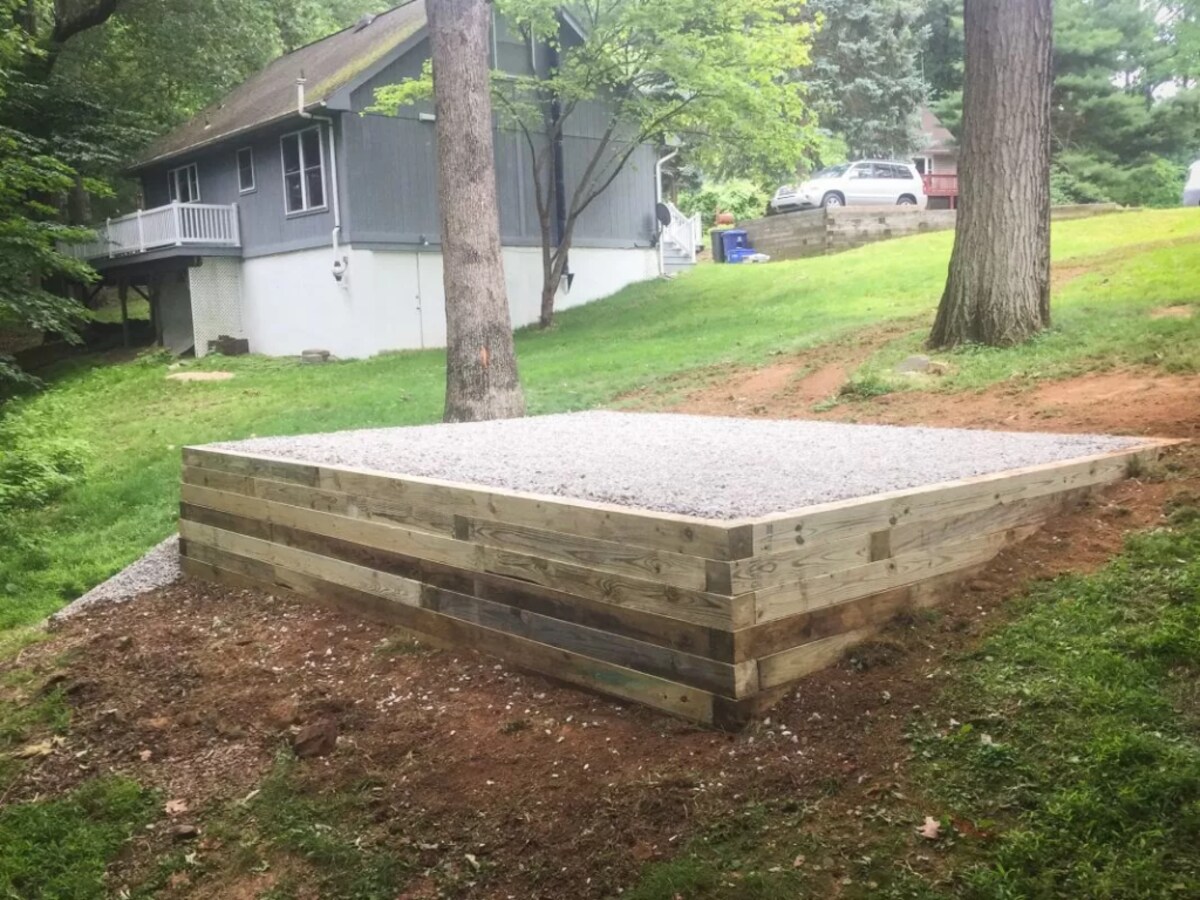
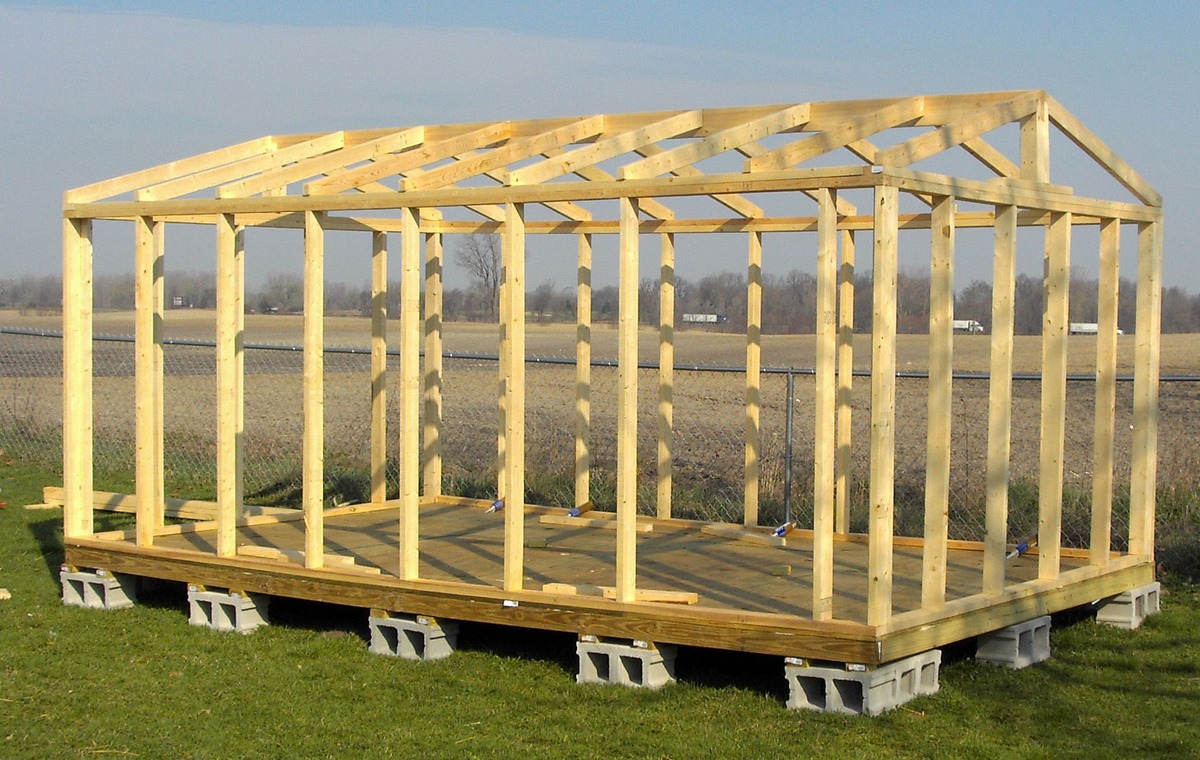
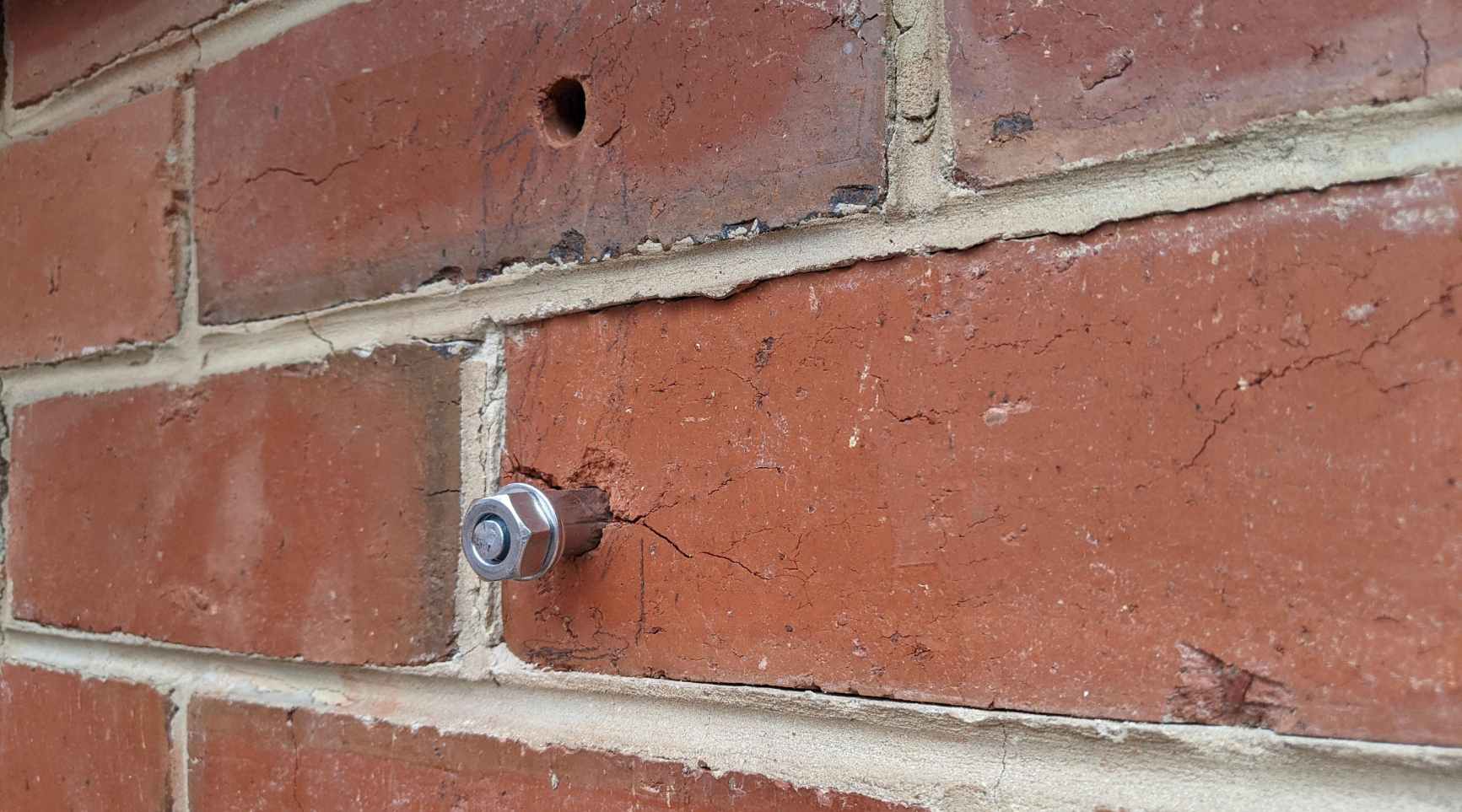
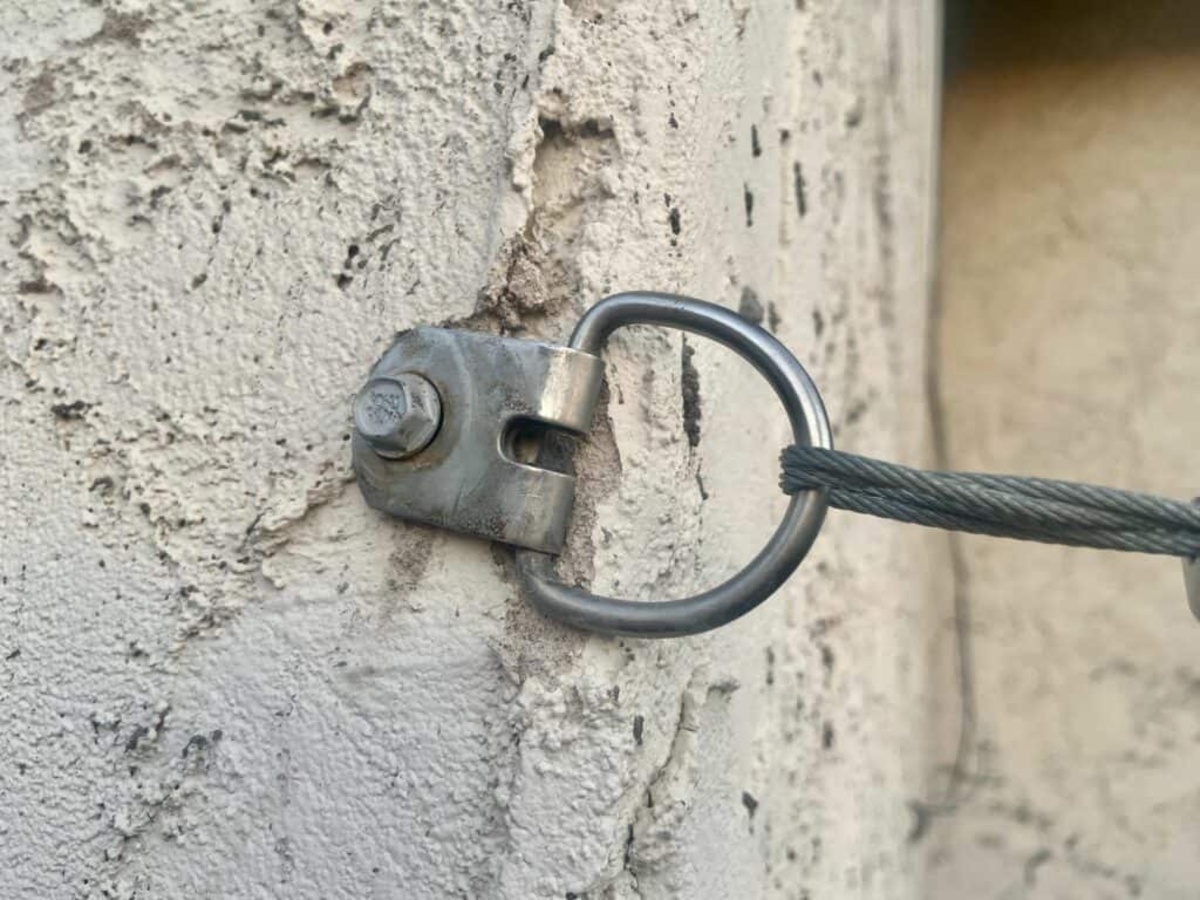

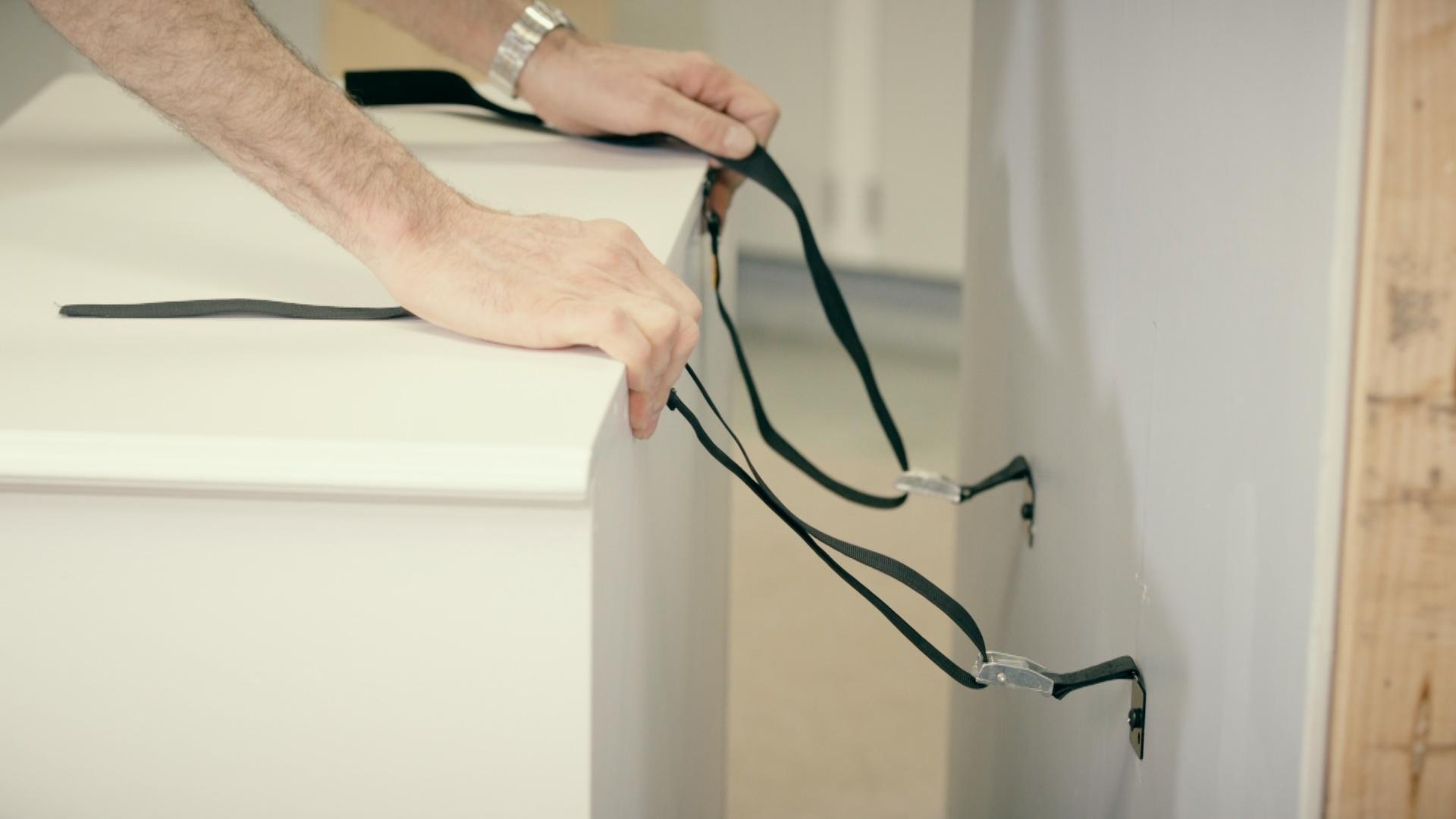


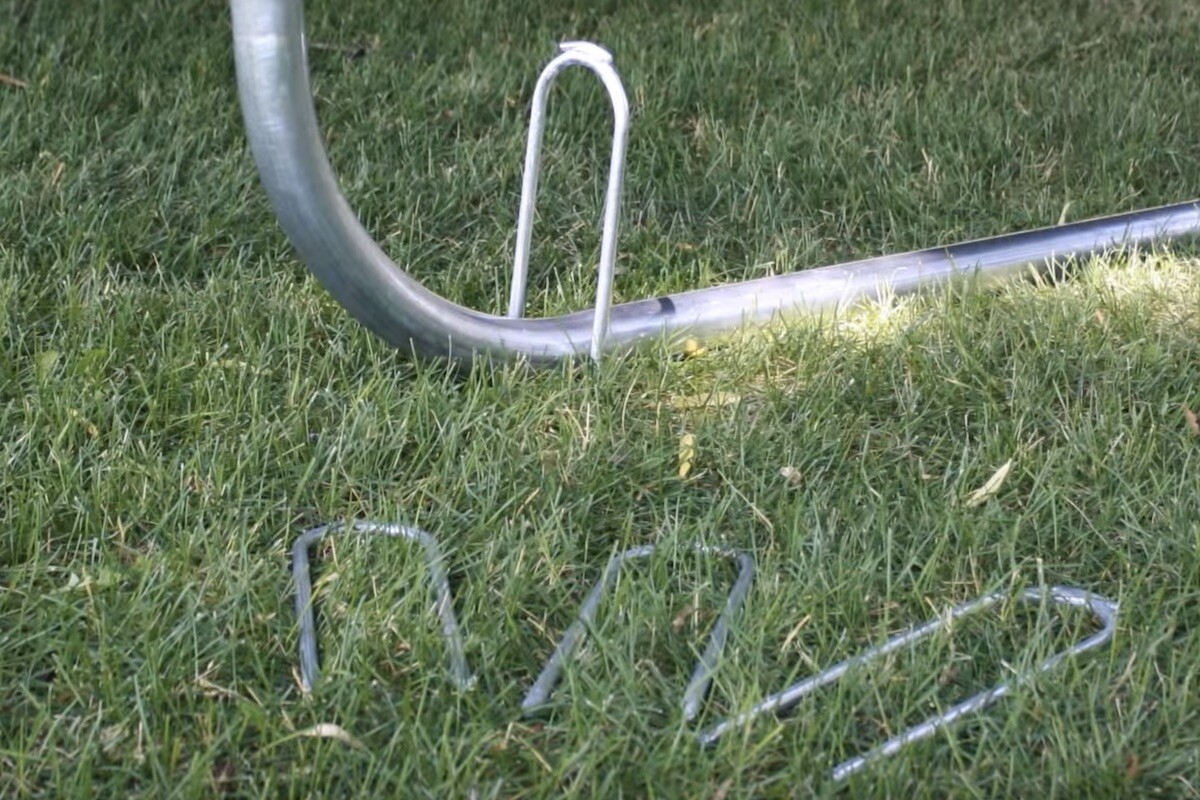
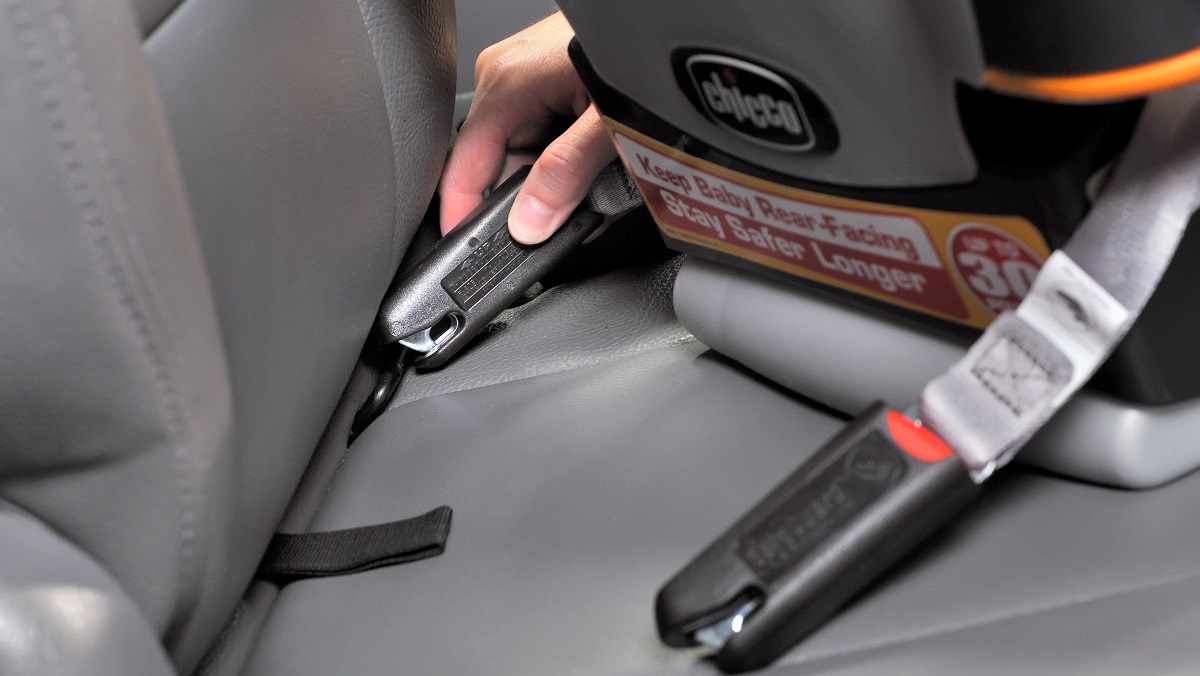

0 thoughts on “How To Anchor A Shed To The Ground”